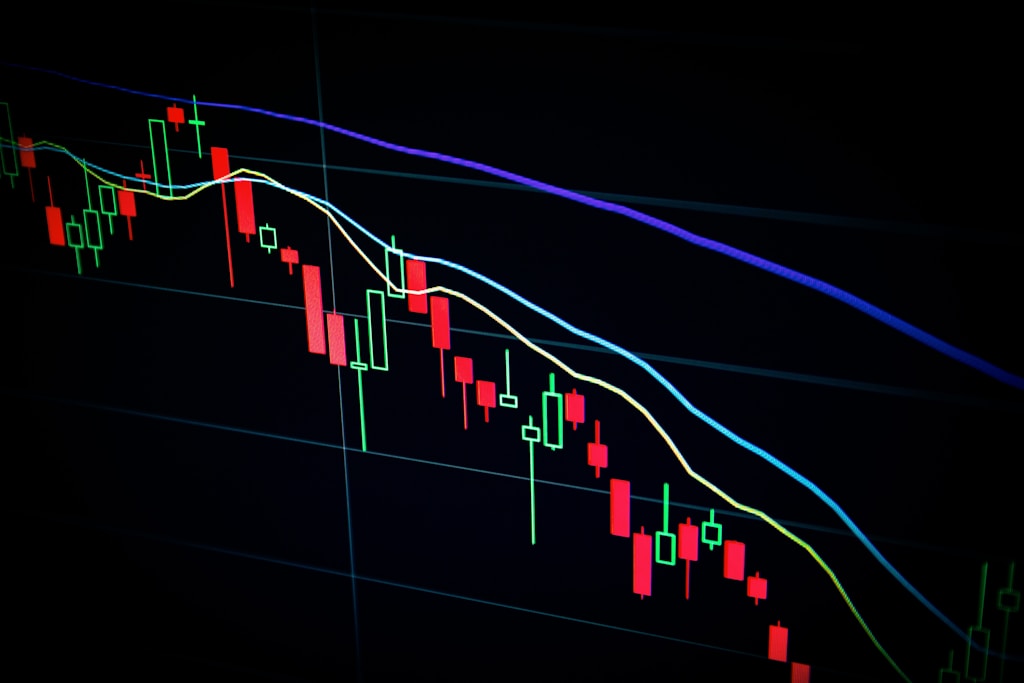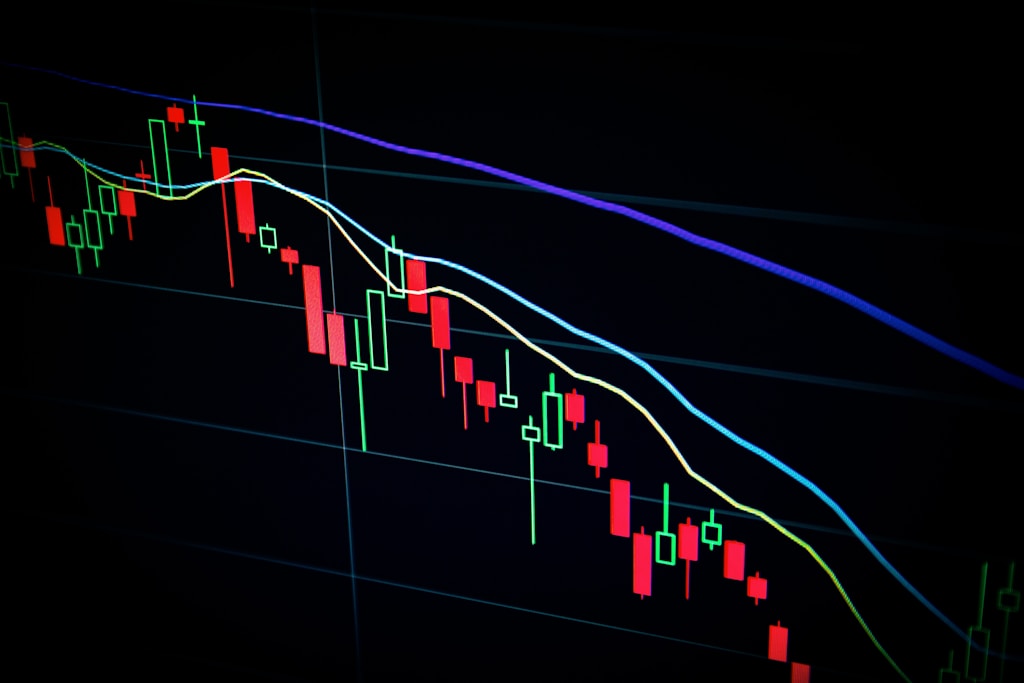Bitcoin’s SLRV (Short-Term to Long-Term Realized Value) Ribbons have turned green, signaling a potential major price move as BTC reclaims the $110,000 level. This technical development comes amid increasing bullish pressure at key resistance levels.
Understanding the SLRV Ribbon Signal
The SLRV Ribbon indicator, developed to track shifts between short-term trading and long-term holding patterns, has generated a significant bullish signal. According to Capriole Investments founder Charles Edwards, the 30-day moving average has crossed above the 150-day MA, historically a precursor to price appreciation.
Technical Analysis Breakdown
Key findings from the latest SLRV data:
- 30-day MA crossing above 150-day MA signals increased trading activity
- Previous green crosses led to substantial price rallies
- Current pattern mirrors the late 2024 bull run setup
Market Implications
This technical development gains additional significance as long-term holders continue accumulating during recent dips. The combination of increased trading activity and strong holder behavior suggests a potential supply squeeze ahead.
SPONSORED
Maximize your trading potential with up to 100x leverage on perpetual contracts
Price Action and Support Levels
Bitcoin’s recent price movement shows:
- Weekend dip below $107,000
- Strong recovery to $110,000
- Increased trading volume at key levels
FAQ Section
What is the SLRV Ribbon indicator?
The SLRV Ribbon tracks the relationship between short-term trading activity and long-term holding patterns using moving averages of the SLRV ratio.
How reliable are SLRV signals?
Historical data shows SLRV crossovers have preceded significant price movements, though past performance doesn’t guarantee future results.
What’s the current market sentiment?
The green SLRV signal, combined with strong holder behavior and price recovery, suggests predominantly bullish sentiment.
Looking Ahead
While technical indicators point to potential upside, traders should maintain proper risk management and consider multiple factors in their trading decisions. The coming weeks will be crucial in determining whether this signal leads to sustained price appreciation.



